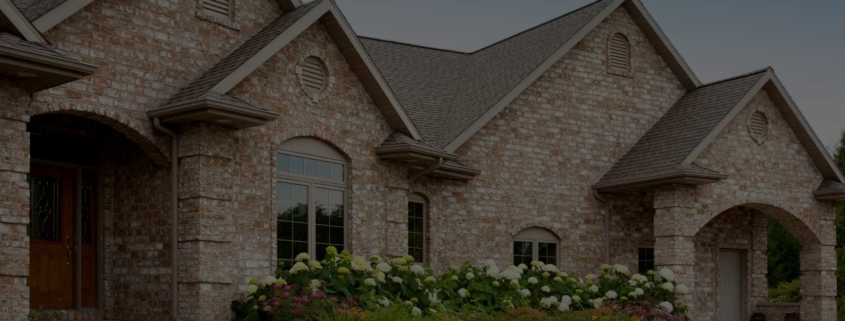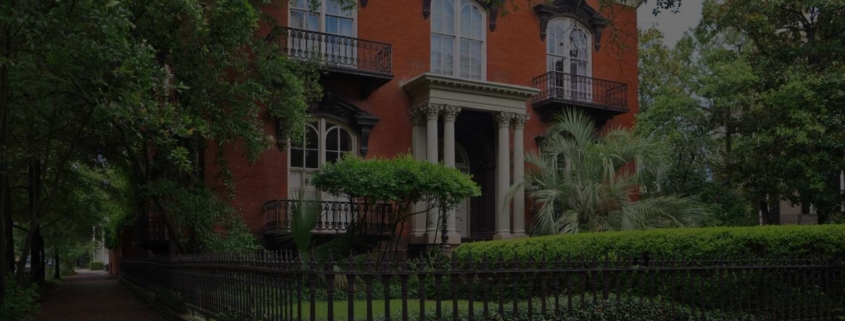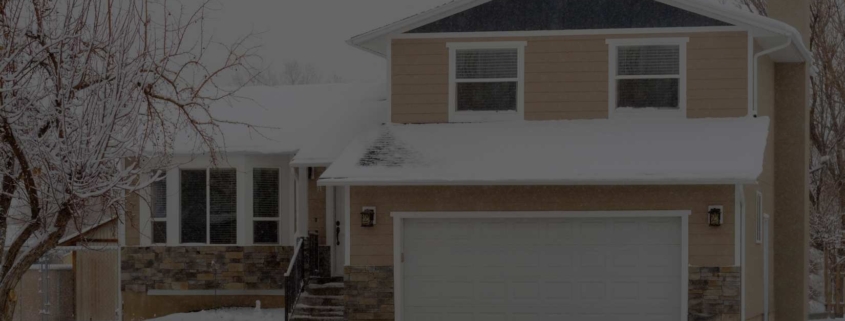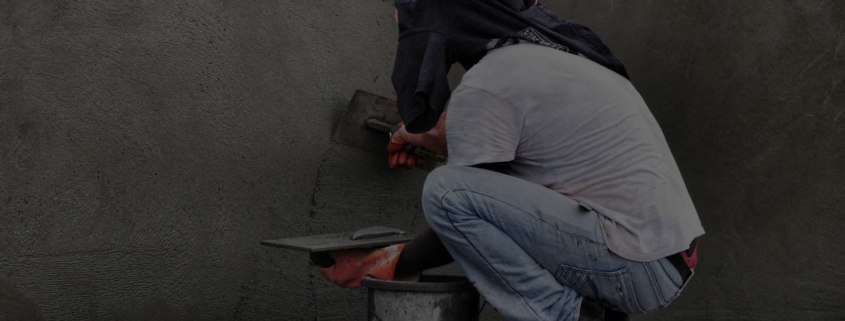A beautiful home exterior is not only aesthetically pleasing but also adds value to your property. When it comes to masonry, there are a variety of brickwork styles and materials that can help you achieve the desired look and feel for your home. As a homeowner, understanding these options is essential for making an informed decision when considering any masonry project.
In this comprehensive guide, we will examine the different types of brickwork most commonly used in residential construction, as well as the advantages and characteristics of each style. Not only will we delve into the world of traditional and modern brick materials, but we will also discuss how a trusted masonry company like Red Robin Masonry can assist in bringing your vision to life. From providing high-quality craftsmanship to sharing valuable expertise, Red Robin Masonry is here to help elevate your home’s exterior to new heights.
Traditional Brickwork Styles
The beauty of brickwork lies in its versatility and timeless appeal. There are several traditional brickwork styles that homeowners can consider for their exterior masonry projects, each offering its own unique charm and character.
- Running Bond: One of the most common brickwork styles, the running bond pattern consists of bricks laid end to end in a horizontal row, with each row offset by half a brick. It provides a classic look and is known for its structural strength and ease of installation.
- Flemish Bond: Known for its striking appearance, the Flemish bond pattern alternates between a header (the shorter end of the brick) and a stretcher (the longer side of the brick) in each row. While this pattern may be more challenging to lay, it adds a touch of elegance and refinement to your home’s exterior.
- English Bond: The English bond pattern features alternating rows of headers and stretchers. This traditional style provides outstanding stability and has been used for centuries in various types of buildings, including residential homes.
- Stack Bond: The stack bond pattern features all bricks aligned vertically, creating a clean, contemporary look. While less structurally robust compared to other traditional styles, the stack bond can be reinforced with metal or additional mortar for added strength.
Modern Brickwork Styles
Design advancements have allowed for the creation of more modern and unconventional brickwork styles, giving homeowners additional options for their masonry projects.
- Herringbone Bond: The herringbone pattern involves bricks laid at right angles to create a distinctive zigzag or chevron design. This visually striking style is often used for focal points or accents, such as around doorways or in select sections of the wall.
- Basket Weave Bond: Mimicking the appearance of woven fabric, the basket weave pattern consists of pairs of bricks laid flat, then vertically, alternating in each row to create a textured checkerboard effect. This unique style works well for decorative purposes but may not be suited for load-bearing walls.
- Rat Trap Bond: A more energy-efficient brickwork style, the rat trap bond involves bricks laid on their sides with cavities, reducing the amount of brick used and enhancing the wall’s insulation properties. This cost-effective alternative is eco-friendly and can provide a contemporary look.
Benefits of Different Brick Materials
Modern technology has also led to the development of various brick materials, resulting in a broader range of choices for homeowners.
- Clay Bricks: The most traditional brick material, clay bricks are made by moulding and firing clay. They offer excellent durability, weather resistance, and thermal properties, making them a popular choice for numerous masonry projects. Clay bricks are available in a wide array of colours, textures, and finishes.
- Concrete Bricks: Made from a mixture of cement, water, and aggregates, concrete bricks are known for their strength and affordability. While they may lack the aesthetic appeal of clay bricks, their durability and cost-effectiveness make them an attractive option for some homeowners. Concrete bricks provide impressive moisture resistance and strength.
- Engineered Bricks: Engineered bricks are designed to outperform traditional clay or concrete bricks in terms of strength, durability, and thermal properties. Often made with added materials, such as insulation or reinforcements, engineered bricks provide advanced performance and design flexibility.
Choosing the Best Brickwork Style and Material for Your Home
Selecting the perfect brickwork style and material for your home begins with understanding the desired visual appeal, functional requirements, and budget constraints. Factors such as local building codes, environmental considerations, and personal preferences must also be taken into account.
Consulting a professional masonry expert like Red Robin Masonry will ensure your project is handled with meticulous care and skill. Our team can provide recommendations and insights to help you navigate the numerous options available, ultimately creating an exterior that complements your home while providing lasting durability and performance.
Discover Your Home’s Perfect Brickwork Style with Red Robin Masonry
The world of brickwork offers a plethora of styles and materials to suit every homeowner’s taste and needs. From classic running bond patterns to modern herringbone designs or eco-friendly rat trap bonds, the options are vast and versatile.
Selecting the ideal brickwork style and material may seem overwhelming, but with the guidance of an experienced masonry company in Toronto like Red Robin Masonry, the process becomes straightforward and enjoyable. By understanding your preferences and requirements, our team can provide personalized recommendations and bring your vision to life with stunning results.
Red Robin Masonry is committed to providing top-notch craftsmanship, expertise, and customer service, ensuring your home’s exterior is not only beautiful but also durable and functional. Don’t settle for a less-than-perfect exterior – trust the experienced professionals at Red Robin Masonry to elevate your home’s curb appeal and structural integrity. Contact Red Robin Masonry today, and let us guide you through the process of selecting the best brickwork style and material for your home.





